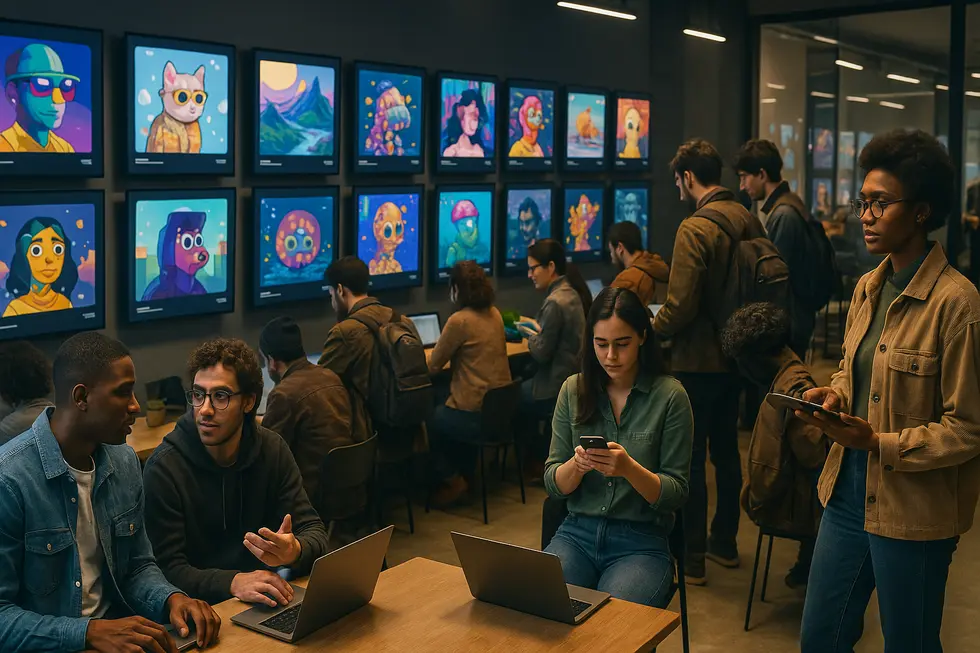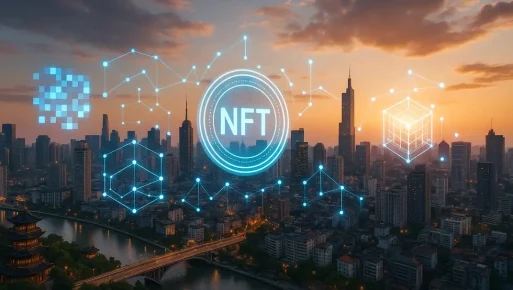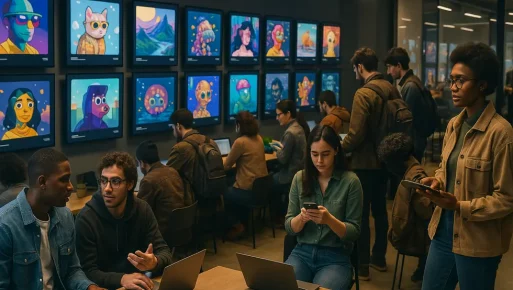Gas fees are a crucial aspect of minting Non-Fungible Tokens (NFTs) and can greatly impact both creators and buyers. This article breaks down the complexities of gas fees, from understanding their structure to exploring different platforms that offer varying fee models. We will investigate how lazy minting can become a strategic approach to manage these costs. Each chapter aims to enhance your grasp on how gas fees affect the NFT ecosystem, providing clarity for beginners, investors, and researchers alike.
Decoding Gas Fees in NFT Minting: What Every Creator Needs to Know
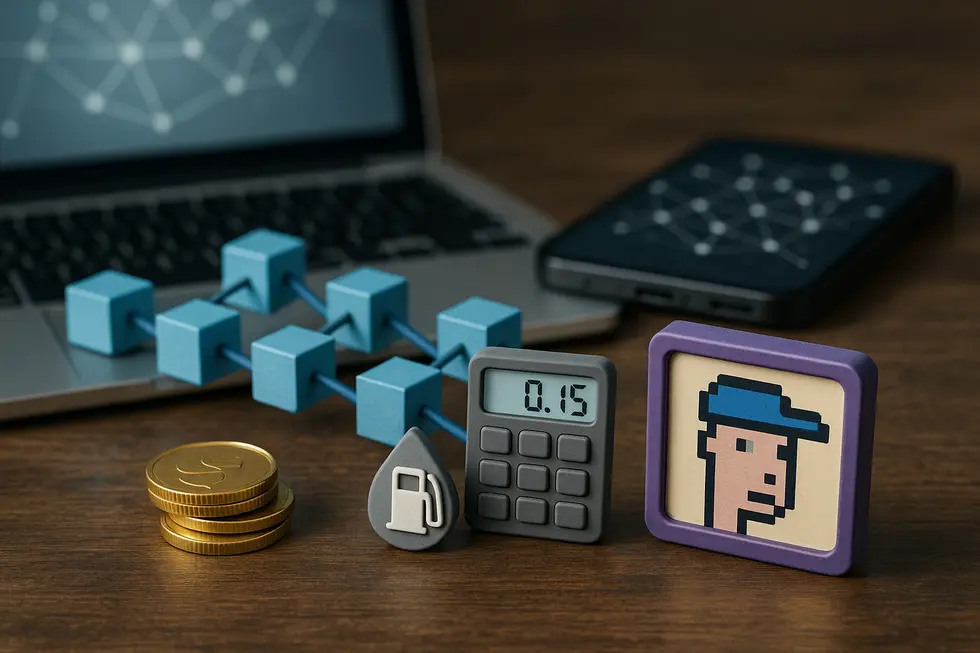
Gas fees when minting NFTs are the essential payments made to blockchain networks to process and secure the transaction within the network. When an NFT is minted, it relies heavily on a smart contract that executes on a blockchain like Ethereum, where gas fees come into play by compensating miners or validators for this computational service.
Gas fees are primarily composed of three components: Base Fee, Priority Fee, and Gas Limit. The Base Fee is the minimum cost required per gas unit, dynamically adjusting to the network’s congestion levels; it is also burned, effectively reducing the circulating supply of ETH. The Priority Fee acts like a tip, an added incentive for miners to prioritize these transactions. The Gas Limit denotes the maximal number of computational steps the transaction will necessitate, reflecting its complexity.
The formula to calculate the total gas fee is ((\text{Base Fee} + \text{Priority Fee}) \times \text{Gas Limit}). For instance, minting an NFT might involve 30,000 gas units with a base fee of 25 Gwei and a tip of 5 Gwei, leading to a cost of 0.0009 ETH, or $2.25 at certain ETH valuations.
Gas fees fluctuate due to network demand, sometimes peaking during heavy NFT activities or interactions with decentralized applications. Strategies like “lazy minting” can shift initial costs to buyers. These fees remain pivotal in ensuring secure NFT transactions, though their variability demands careful consideration by creators.
Decoding the Anatomy of Gas Fees When Minting NFTs
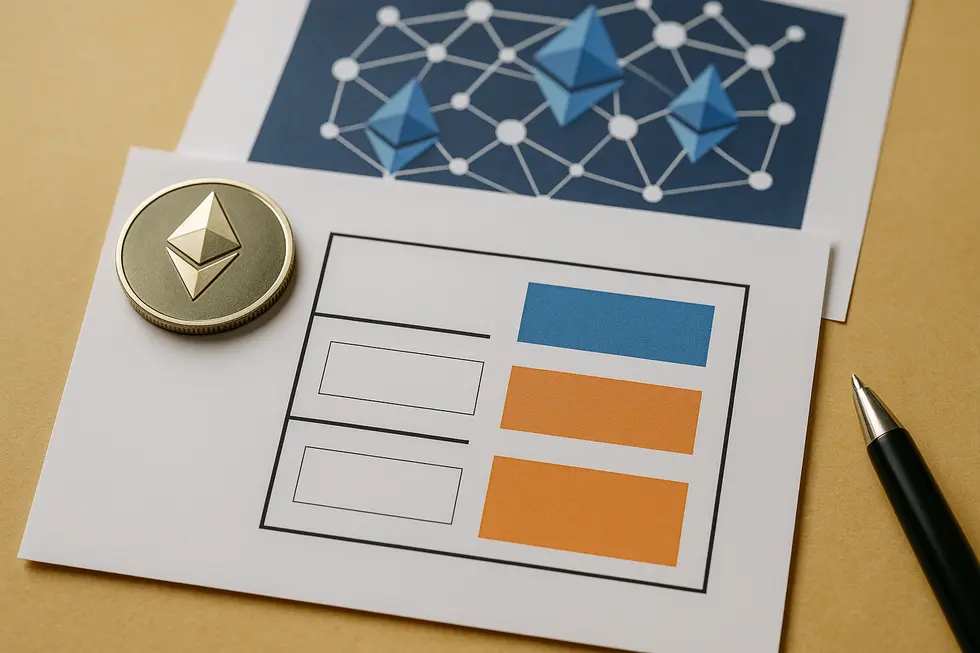
Gas fees when minting NFTs are an integral aspect of bringing digital assets onto the blockchain, particularly in networks like Ethereum. These fees are made up of two main components: the base fee and the priority fee, also known as a tip. The total fee is determined using the formula: Total Gas Fee = (Base Fee + Priority Fee) × Gas Units Used.
The Base Fee acts as a dynamic minimum charge that adjusts according to network demand. It ensures that transactions fit into blocks for processing. As blockchain use surges, so does this fee. Notably, the base fee is burned, meaning it is removed from circulation, which slightly reduces the overall Ethereum supply.
Conversely, the Priority Fee functions as an optional incentive for validators. By providing a tip, users can persuade miners to prioritize their transaction, accelerating the processing time. This incentivization becomes particularly useful during periods of high network congestion.
The computation involved in minting an NFT is quantified by Gas Units Used, which depends on the complexity of the smart contract operations. The more computational power required, the more gas units are necessary. Gas fees can vary widely based on demand, making timing crucial for cost efficiency. To explore more about various blockchain networks and how they affect NFT minting processes, visit this article on the best blockchain networks for NFTs.
Exploring NFT Platforms and Understanding Gas Fees for Minting
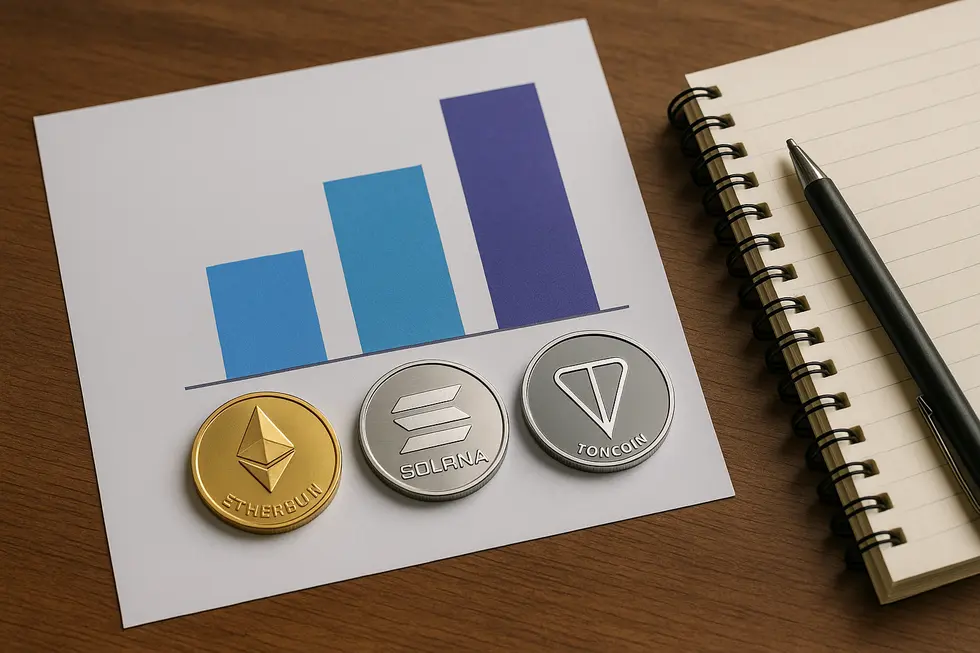
The rise of NFTs has led to the creation of diverse platforms where these digital assets can be minted, bought, sold, and traded. Platforms like Binance NFT and Solanart have emerged as key players in this ecosystem. Binance NFT supports multiple blockchains such as Ethereum and Binance Smart Chain, offering low fees which attract creators looking to minimize costs. On the other hand, Solanart, based on the Solana blockchain, is known for its popular collections and robust wallet support.
When minting NFTs, understanding gas fees is crucial for creators. Gas fees are the transaction costs needed to process actions on blockchain networks like Ethereum, Polygon, or Binance Smart Chain. These are compensation for validators who do the computational work necessary for network operations. Gas fees vary based on network congestion and demand, and are paid by the creator at the time of minting. While these fees can be adjusted by users to prioritize transaction speed, they cannot be completely avoided.
Each platform handles gas fees differently. Some, like Binance NFT, optimize their processes to offer lower fees, while others use innovative approaches like lazy minting. This method delays minting—and thus the gas fee—until the NFT is sold, placing the fee burden on the buyer and easing upfront costs for creators. Selecting the right platform and understanding the intricacies of gas fees when minting NFTs are essential steps for creators aiming to maximize profitability. For an in-depth look at how different blockchains affect NFT minting, explore more through best blockchain networks for NFTs.
Lazy Minting: Reducing Gas Fees When Minting NFTs
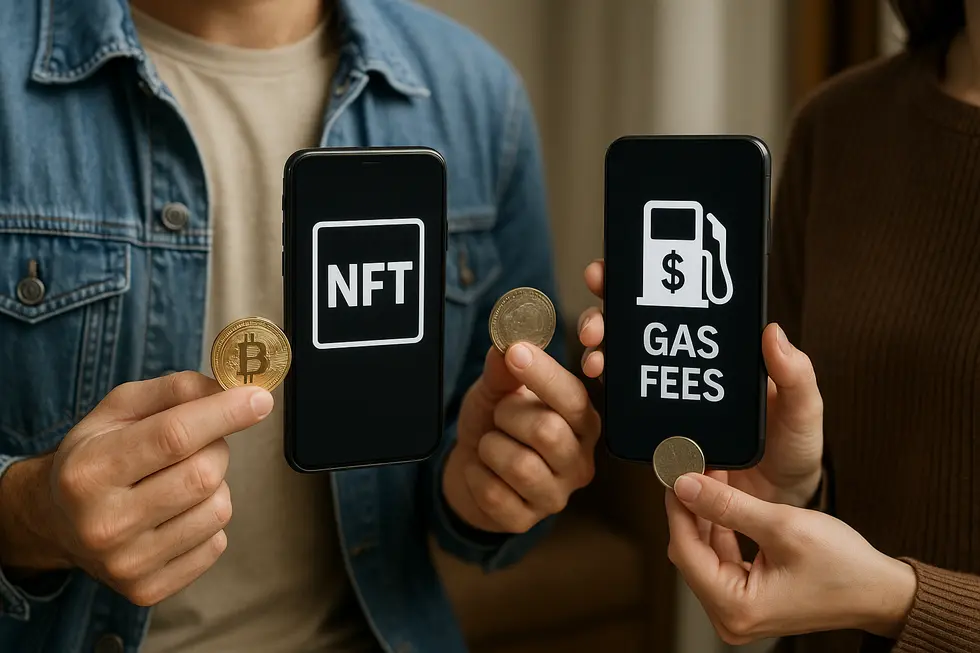
Lazy minting emerges as a practical strategy for managing what are gas fees when minting NFTs, particularly benefiting creators who wish to avoid high upfront costs. This approach defers the minting process until the NFT is actually sold, thereby passing the gas fee burden from the creator to the buyer. Such a system enables artists with limited budgets to engage in the NFT market without the immediate financial burden of gas fees.
Gas fees, inherent to blockchain transactions, are payments rendered to cover the computational and storage efforts expended by networks like Ethereum. When minting NFTs, creators typically incur these fees to implement smart contracts that underpin the creation of unique digital tokens. However, with the lazy minting approach, the NFT’s recording on the blockchain is postponed until a purchase triggers the minting; thus, the buyer absorbs the gas fees at that point.
Platforms like OpenSea facilitate lazy minting by allowing creators to upload their digital content and details without requiring immediate blockchain integration. This system not only reduces the financial risk for creators but also ensures the authenticity and ownership verification of the NFT upon sale. Lazy minting represents a significant shift in how costs are managed within the NFT ecosystem, offering a more accessible route for emerging artists to participate in what are gas fees when minting NFTs.
Navigating the Financial Waters: The Impact of Gas Fees on NFT Innovation

The concept of gas fees when minting NFTs plays a pivotal role in shaping the landscape for both creators and buyers. For creators, the fluctuating and often high gas fees on platforms like Ethereum present significant financial challenges. These fees, calculated with the formula: Total Fee = (Base Fee + Priority Fee) × Gas Limit, can deter artists with limited resources from participating in the NFT market. If their creations do not sell, they are still liable for this upfront expense, potentially restricting the diversity within the NFT space.
Innovations like lazy minting shift this financial burden from creators to buyers by minting NFTs only upon purchase, thereby democratizing NFT creation and encouraging more vibrant participation. However, this practice pushes the gas fees to the buyer’s side, potentially leading to higher total costs during purchases, especially amid network congestion. This shift could influence buyer behavior, possibly steering them toward NFTs with lower or integrated gas fees, or to blockchains like Polygon known for reduced fees.
The choice of blockchain also profoundly affects this dynamic, as alternatives with lower fees can minimize these barriers, making the NFT market more accessible and attractive. Thus, the strategic handling of gas fees is crucial for fostering a balanced ecosystem, encouraging innovation, and ensuring compatibility between creator aspirations and buyer expectations. For a deeper exploration of how different blockchains impact NFT accessibility, consider exploring this detailed analysis.
Final thoughts
Understanding what are gas fees when minting NFTs equips creators and buyers with the knowledge to navigate and minimize costs in the NFT market. By delving into the components and strategies such as lazy minting, stakeholders can optimize their participation in the digital asset space. Staying informed about platform differences and the potential impacts ensures that both creators and collectors can make smarter decisions.
About us
Monbase Global is a strategic partner of OpenLive Group, focused on expanding the reach and utility of blockchain and digital asset applications across international markets. As a core collaborator in the Monbase NFT ecosystem, Monbase Global plays a vital role in driving cross-border partnerships, investment strategies, and user adoption beyond Vietnam.
With a vision to build a decentralized digital economy rooted in trust and innovation, Monbase Global supports the international growth of NFTs, digital collectibles, and the use of the MBC token across various platforms. The partnership between Monbase Global and OpenLive Group brings together local insight and global ambition—creating real-world value for creators, collectors, and businesses alike.
🌐 Join the Monbase NFT community and stay ahead of the Web3 curve.
💬 Follow us on Telegram, Twitter, or Discord for drops and updates!
Facebook | X (formerly Twitter) | Telegram announcement | Telegram community


